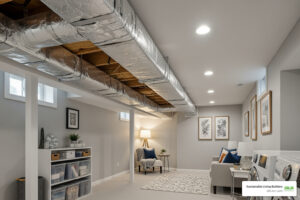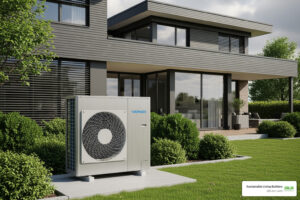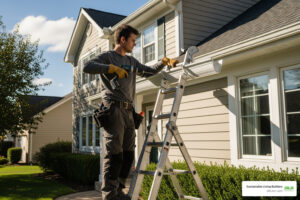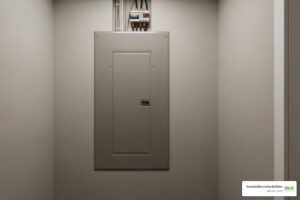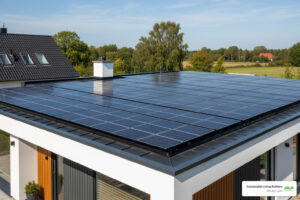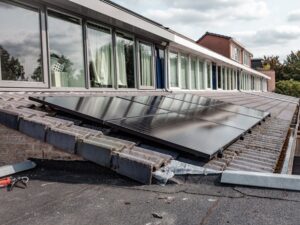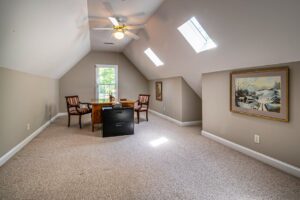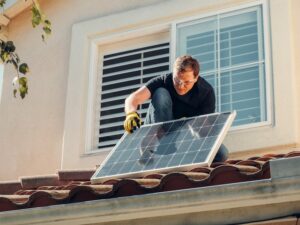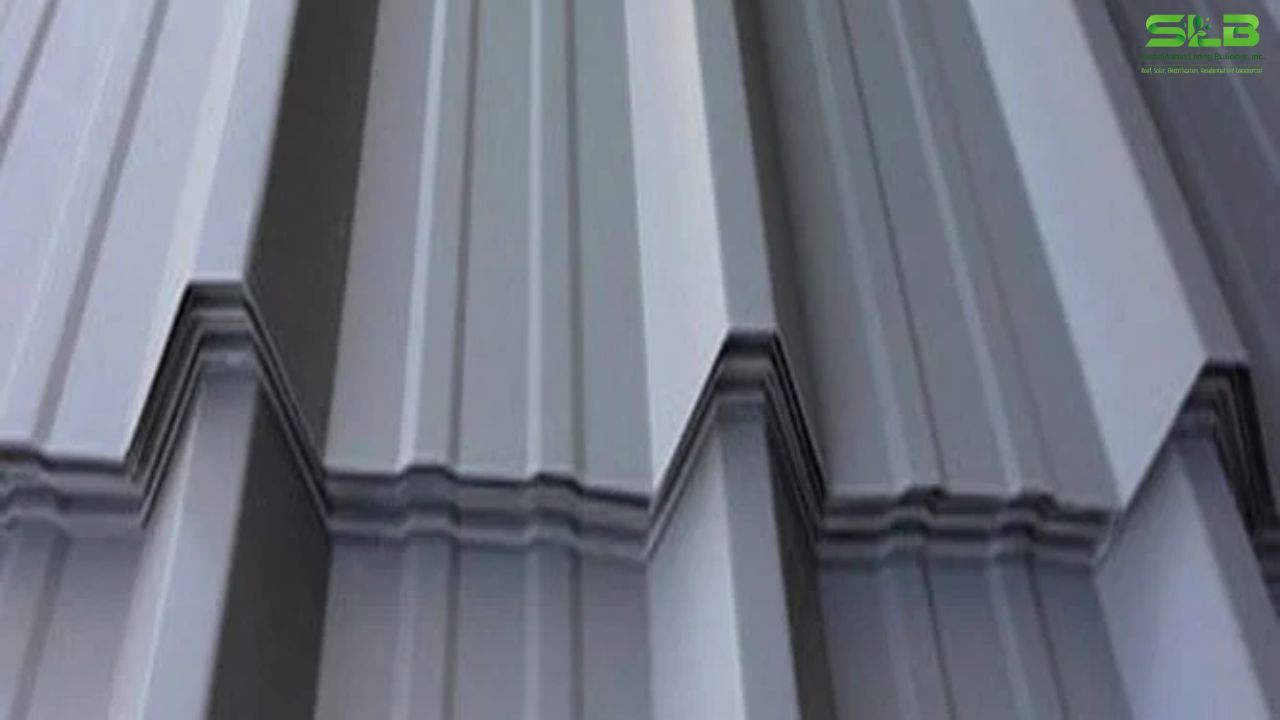
How Long Does a Shingle Roof Last?
Walk past a century-old farmhouse, and you may still hear the distinct sound of raindrops dancing across a weathered tin roof that is still intact, still standing. That’s no coincidence at all.
Tin roofing, often overlooked in modern home design, carries a reputation for both charm and sheer endurance. However, how long does a tin roof really last and what factors play into its longevity?
Let’s pull back the shingles and take a closer look at tin roof lifespan.
A Timeless Metal: What We Mean by “Tin” Roof
True tin roofing—made from rolled tinplate—was popular in the 19th and early 20th centuries but has largely been replaced by more durable and cost-effective materials today.
When homeowners say “tin roof” today, they’re usually referring to terne-coated steel or other metal roofing systems with similar profiles.
Still, for clarity, this guide focuses on modern tin-style metal roofs, including galvanized steel and terne-coated stainless steel options. They retain the old-school aesthetic while offering significantly improved durability.
The Lifespan: How Long Does a Tin Roof Actually Last?
Under proper conditions, the average life of a tin roof that’s well-installed is around 40 to 70 years, and sometimes, even longer.
- Standard terne-coated steel roofing averages around 50 years.
- Painted or treated tin roofs with quality coatings (like PVDF or Kynar 500) can push beyond 60 years with little trouble.
- In low-impact climates, and with meticulous upkeep, some tin-style roofs have reached 80 years or more.
Given its durability, it’s not unusual for a tin roof to outlive its installer, making it a bittersweet memory. This is especially true when it’s paired with routine care and good drainage design.
What Impacts the Longevity of a Tin Roof?
No roofing material is without end of life. Like any surface exposed to wind, sun, and water, a tin roof lifespan is shaped by what it faces.
1. Weather and Environment
If your property regularly wrestles with hail, snow, or hurricanes, expect your roof to age faster. Salt-heavy coastal air can speed up corrosion if your coating fails. Conversely, a mild inland climate with occasional rainfall and moderate seasons may be the ideal setting for tin to thrive.
2. Roof Pitch and Design
Flat or shallow-pitched tin roofs tend to retain more debris and moisture, which increases rust risk. Steeper pitches shed water and leaves faster, protecting the surface from standing water and acidic buildup from decomposing foliage.
3. Installation Quality
As with any roof, the lifespan often comes down to the hands that built it. Screws placed incorrectly, poorly sealed seams, or skipped underlayment? Each one is a vulnerability waiting to shorten your roof’s life.
4. Coatings and Finishes
Modern tin roofing isn’t just raw metal. It’s metal that’s typically layered with weather-resistant finishes that play a huge role in longevity.
High-quality paints or sealants reflect UV rays, resist corrosion, and slow down oxidation. Fading paint or peeling coatings should be addressed before water intrusion starts working its way beneath.
Signs Your Tin Roof Might Be Aging
While tin is tough, no roof is invincible. At some point, it starts to show its age but it’s not always in the most obvious ways, unless noticed.
- Discoloration or rust patches, especially near seams or fasteners
- Loose screws that rattle in strong winds or missing screws
- Small dents from hail or debris impact
- Paint chipping, flaking, or fading in exposed areas
- Audible creaking or warping during temperature shifts
Most of these are surface-level and treatable if you catch them early. Ignore them, and they’ll quietly evolve into leaks, corrosion, and eventually structural failures.
How to Extend the Life of Your Tin Roof
Now that we already know that proper care can extend the life of roofing, here are a few steps to ensure the same:
1. Regular Inspections
After winter and again at the end of summer, check for damage (adding up to twice a year). Look for popped fasteners, sealant failures, corrosion, or signs of uplift. A quick roof walk (by an expert, such as a professional) can add years to its lifespan.
2. Wash It Down
Mildew, algae, and tree sap can break down coatings over time. A gentle wash with mild soap and a hose every couple of years goes a long way. Avoid pressure washing unless absolutely necessary—it can damage finishes.
3. Clear Gutters and Valleys
Blocked gutters back up water under the roofline. Make sure your drainage system flows freely. Also, check any internal valleys where water and debris may pool.
4. Repaint When Needed
Repainting every 15 to 20 years doesn’t just refresh your home’s look, it also rejuvenates the roof’s outer layer of defense. Choose a high-performance metal roof coating specifically designed for your roofing system to extend tin roof lifespan.
Tin Roof vs. Other Roofing Options
Roofing Material | Average Lifespan | Maintenance | |
Tin (terne-coated steel) | 40–70 years | Moderate | |
Asphalt Shingles | 15–30 years | Moderate to High | |
Standing Seam Metal | 40–75 years | Low to Moderate | |
Tile (Clay/Concrete) | 50–100 years | Low (but heavy) | |
Cedar Shakes | 25–35 years | High |
If you appreciate old-world charm, long-term reliability, and don’t mind the occasional maintenance job, tin roofs offer serious long-term value, especially for historic homes or rural properties. As clear from the above table, the average life of a tin roof is quite good.
When to Repair vs. Replace
Not every issue means your roof has to go. In many cases, small rust patches or worn coatings are easily restored.
A pro tip is to be on the lookout for these common red flags:
- Widespread rust perforation
- Recurrent leaks in multiple zones
- Structural movement or roof deck sagging
- Fastener holes widening from metal fatigue
If you’re facing more than isolated wear, it may be time to talk about replacement, especially if the roof is past 50 years old.
Final Thoughts
When properly installed and maintained, a tin roof can last over half a century, with some pushing 70+ years. Its resilience, rustic appeal, and low long-term cost make it an attractive option even today, particularly for homeowners who prioritize durability and classic aesthetics.
A tin roof isn’t just protection. It’s a legacy that whispers across generations. For the best work, opt for a reliable, better yet, sustainable roofing contractor like Sustainable Living Builders.
The company supports sustainability through green living solutions, including solar solutions, gutter services, roofing, and more for both residential and commercial buildings.
Related Articles You May Like
✔️ Why a Solar Roof Tesla Is the Perfect Year-End Upgrade
✔️ Roofing
✔️ Roofing Contractor
✔️ Affordable Roofing Services
✔️ Emergency Roofing: What to Do When Disaster Strikes
MULTIPLE SERVICES, EVEN MORE SUSTAINABLE SOLUTIONS!
If you’re looking for a team of experienced, hard-working, and committed team to take your home or business to a more sustainable future, Sustainable Living Builders, Inc. is here for you! From holistic roofing solutions to innovative solar options, we have many services to help you protect your home and your pocket in a single place. Are you ready to get started?
